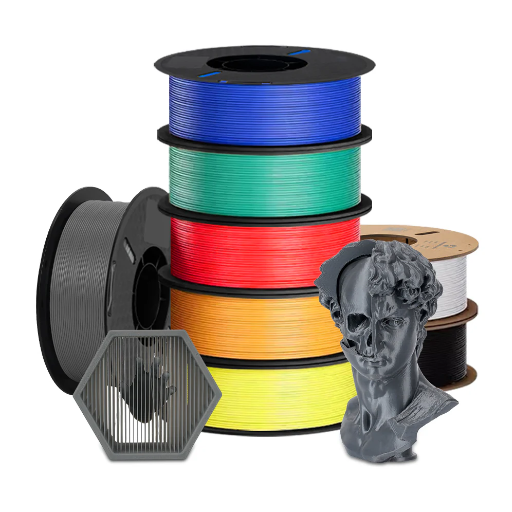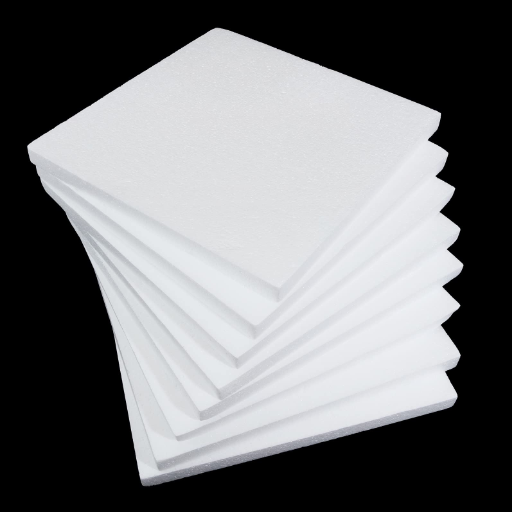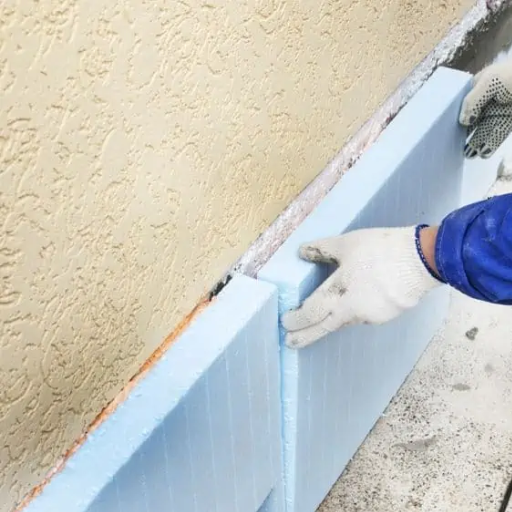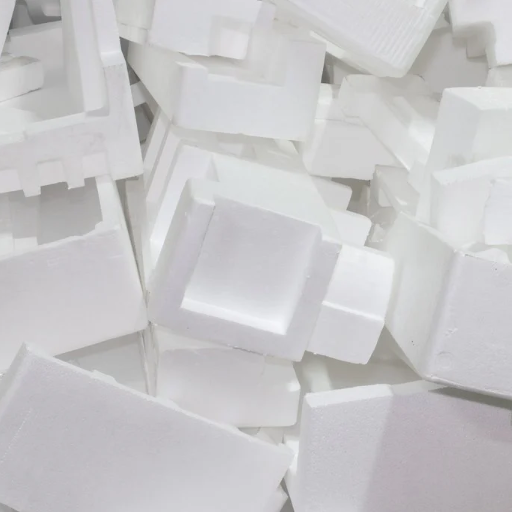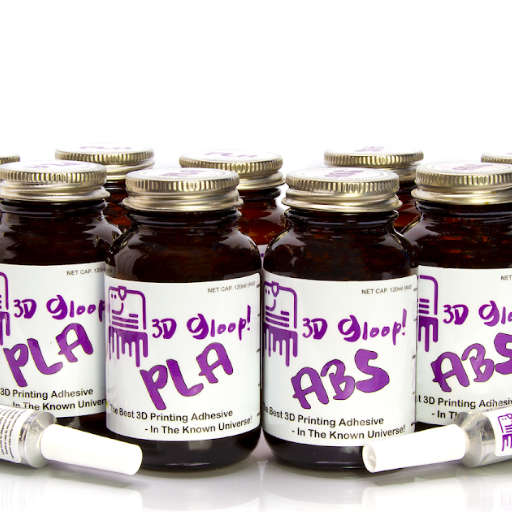Choosing the appropriate adhesive solutions is integral to the effectiveness and longevity of projects. Here, we analyze the differences across a range of products in depth. Firstly, this article intends to disambiguate the choice of glue or bonding agent by comparing Henkel Loctite 401 super glue with ordinary cyano-acrylate adhesives. By discussing the various attributes, uses, benefits, and disadvantages, it seeks to explain comprehensively why Henkel Loctite 401 is potentially the best answer to a multitude of bonding difficulties and how its unique characteristics can be put to optimal use. This will give a full picture of the product and help make an informed decision. This guide is beneficial for both professionals seeking adhesive solutions of industrial grade quality and hobbyists looking for dependable solutions.
What is the main difference between Loctite 401 and regular super glue?

Loctite 401 has a specific formulation geared toward industrial glue as compared to regular super glue, which makes it perform differently. It has a superior bond strength, extreme curing speed, and can be used across different materials like plastics, metals, and elastomers. Unlike regular super glue, Loctite 401 is able to withstand harsh conditions like impact, vibration, and extreme temperatures, making it more preferable for professionally and industrially demanding tasks.
Comparing cyanoacrylate formulations
In the case of cyanoacrylate adhesives, I tend to evaluate them according to their bond strength, curing speed, and resistance to environmental degradation. Loctite 401 is remarkable among other adhesives, as it exceeds expectations regarding reliability for bonding various materials together. In my view, the greatest advantage of this formulation is its suitability to perform in high-stress conditions, in cases involving vibration, impact, or extreme heat temperature. Many formulations work for simpler cases, but few accomplish the industry grade standard. In the case of cyanoacrylate, it all comes down to a choice depending on the stringent needs of your case and a promising product offset engineered for impactful, sustainable output.
Loctite 401’s unique properties
Loctite 401 is unique because of how rapidly and broadly it can bond numerous materials, including metals, plastics, elastomers and even porous materials such as wood and paper. Despite the presence of dynamic stress, its extreme thermal resistance serves demanding applications reliably. Consumer and industrial tasks receive the same level of effectiveness and durability with Loctite 401 due to its quick curing times and strong adhesive properties.
Performance on various substrates
Regarding performance on various substrates, Loctite 401, in my opinion, has no weaknesses. I have seen its applications across the spectrum from difficult substrates like metals along with softer ones like elastomers. Its versatility is impressive. It is also notable that the adhesive bonds porous substrates such as wood and paper without sacrificing strength. Loctite 401 is also very reliable under harsh conditions like extreme Heat, severe vibrations, etc. For substrates that need constant and reliable bonds, Loctite 401 has worked exceptionally well for me.
How does Loctite 401 outperform standard super glue in bonding metal surfaces?

Because of its advanced formulation, Loctite 401 glue displays superior performance than standard super adhesives in bonding metals. This adhesive guarantees enhanced adhesion strength, faster curing times, and exceptional resistance to moisture and temperature containing environmental factors. Its ability to form a durable and reliable bond on a variety of metals with difficult surface characteristics makes it a top choice for industrial applications.
Loctite 401’s enhanced adhesion to metals
Loctite 401’s increased adhesion to metals is phenomenal. Its ability to bond with difficult surfaces like stainless steel or galvanized metals has always performed excellently in crucial applications. It saves a significant amount of time with its quick curing action during assembly. Additionally, its resistance to environmental stressors guarantees reliable performance for a long time. Undoubtedly, solvent-based adhesives with Loctite 401 are useful in precision-demanding industries.
Cure time and strength comparison
Accompanied by an astonishingly rapid cure time of 3-10 seconds based on the bonded materials, Loctite 401 boasts even greater curing efficiency during assembly processes. Moreover, when it comes to strength, Loctite 401’s sheer strength is robust as well with it often exceeding 2100 psi on multiple substrates. It’s in industrialness where Lautomotive 401 shines the most and its speed partnered with dependability makes it a top choice in Loctite’s catalog.
What materials can Loctite 401 bond that regular super glue cannot?

Loctite 401 is remarkable among all superglues – its ability to join materials that are typically difficult is unparalleled. Unlike ordinary adhesives, it consistently adheres to wooden, leather, and paper surfaces because of its porosity. More so, it is highly effective towards plated surfaces and chloroprene rubber because of its acidic nature, which would counter the functionality of most superglues. Loctite 401’s versatility makes it exceptionally useful where traditional adhesives fail.
Bonding difficult-to-bond materials
For the tough-to-bond, Loctite 401 claims to be the best consumer adhesive on the market. It does this thanks to its advanced chemical formulation which guarantees adhesion on unexplored surfaces such as flexible pieces, aggressive substrates, and even porous materials. This simplifies maintenance and assembling works as this cuts dealing with competing adhesives at the forefront of industry standards.
Loctite 401’s versatility on porous surfaces
I can confidently say that Loctite 401 excels when bonding porous surfaces, owing to its unique, patented formulation that guarantees microscopic gaps are infiltrated and securely bonded. This is the primary reason why Loctite 401 performs well with porous surfaces:
- Capillary Action:Loctite 401 uses capillary action to seal small cracks in wood and fabric materials due to its low viscosity. This property provides even distribution of glue through out the bond.
- Rapid Cure Time: Being in contact with moisture causes therapeutic bonds to be set almost instantaneously on porous surfaces. Most surfaces contain some degree of moisture and its presence accelerates the bonding process, aiding in quick repairs.
- Temperature Resistance: Loctite 401 can withstand temperatures ranging from -65 to 250 degrees Celsius. These extreme temperatures make this adhesive suitable for harsh structural conditions, further aiding in its porous material bonding capabilities.
- Bond Strength: In addition to the features mentioned, this porous adhesive contains remarkable tensile strength when it sets. This feature ensures the bond withstands mechanical strain, which is ideal for surfaces with cavities.
- Compatibility: Loctite 401 can be applied to cork or foam, making it a multi-purpose, versatile product for industrial and everyday use.
Due to its integration of adhesive technologies, Loctite 401 is much more efficient than”normal” adhesives because of its superior strength and reliability. It has always been my answer on cases where accuracy and effectiveness on porous surfaces is crucial.
How do the curing times of Loctite 401 and super glue compare?

Loctite 401 is optimized for greater curing speed even in super glue standard, especially on porous surfaces. With super glue curing in the approximate range of 10 to 30 seconds under ideal conditions, Loctite 401 is built to bond significantly faster and more reliably across a wide range of surfaces, even ones with difficult textures. Because of this Loctite 401 is best suited for high precision work that is time sensitive.
Factors affecting curing speed
several determinants affect the curing speed of adhesives, for example, Loctite 401. Firstly, the type of substrate is critical—a wood or fabric adhesive bond tends to cure faster, whereas non-porous materials like metal or glass take much longer. Secondly, temperature and humidity greatly affect the adhesive’s curing speed; high levels of humidity tend to speed up curing, while extreme cold has the opposite effect. Furthermore, the amount of glue applied also matters—bonding occurs more rapidly with thinner, evenly spread glue layers. Knowing these variables will help optimize your application.
Practical applications and time-saving benefits
From construction to electronics, adhesives are widely used in many industries due to their fast curing times and strong bonds. They reduce the use of traditional fastening techniques such as screws and nails which helps save time and labor during assembly processes. Furthermore, adhesives facilitate the bonding of materials which enhances the designs and also improves the product’s durability without compromising speed and accuracy during application.
What are the key advantages of using Loctite 401 over standard super glue?

Loctite 401 is notable because of its striking effectiveness and dependability in performing tasks. Unlike regular super glues, it bonds remarkably well with a wide range of materials including porous and more challenging surfaces, as well as acidic substrates. Because of its speedy curing time, it does not slow down workflow while still providing satisfactory adhesive strength. In addition, Loctite 401 is designed to withstand dramatic transformations in environmental conditions such as temperature and humidity, which makes super glues fail, giving Loctite 401 greater durability.
Improved bond strength and durability
Thw advancement of bond strength and durability of Loctite 401 is attributed to its special formulation that ensures good adhesion to difficult surfaces. Because of this, it is perfect for use in situations that require dependable, persistent performance, even when frequently subjected to extreme environmental conditions such as high temperatures or moisture content.
Wider range of applications
Loctite 401 stands out owing to its capability of bonding various materials such as metals, plastics, elastomers, wood, and even porous substances such as paper or fabric. Because of this, it is favored in fields like the automotive, electronics, medical devices, and general manufacturing industry, which depend on accurate and dependable bonding.
Professional-grade results
I can tell you that accomplishing results of professional and commercial caliber depends significantly on the adhesive selection. I found Loctite 401 to be one of the most reliable and best performing adhesives in terms of providing dependable, strong bonds across numerous materials. Its level of accuracy and reliability takes the burden of solving multifaceted bonding problems far beyond the average and guarantees success, even in the most challenging circumstances. This adhesive truly shines when it is subjected to demanding conditions, and is the most dependable choice when the bond needs to be enduring.
Is Loctite 401 more cost-effective than regular super glue for industrial use?

Loctite 401 is economically beneficial for industrial purposes in the long term. Though it may be pricier than ordinary super glue, its better bonding capabilities, accelerated curing time, and multi-material reliability minimize operational downtime, rework and material waste. These factors provide improved value for industrial applications where quality and efficiency are critical.
Analyzing long-term cost benefits
Loctite 401 undoubtedly proves to be more cost-effective in the long run, despite its higher value. Regular superglue requires applications to be reapplied due to frequent separation; however, Loctite 401’s remarkably increased strength and versatility extends the time and resources required, lowering costs. Moreover, its dependability for key operations reduces expensive blunders and delays, which further adds to its cost effectiveness. In this regard, Loctite 401 functions as a powerfully adhesive glue while simultaneously serving as a lucrative asset to businesses attempting to simplify operations and cut expenses.
Performance vs. price considerations
It is obvious that Loctite 401 offers great value for performance when compared with its price. While Loctite 401 may appear more expensive than typical adhesives, its greater effectiveness and unparalleled dependability results in savings on labor and materials over time, which makes it the best option available. For some sectors that require durability and accuracy, the efficiency gains and reduction of operational risks provided by the investment into Loctite 401 is well above the initial costs.
How do safety considerations differ between Loctite 401 and standard super glue?

the primary difference in safety between Loctite 401 and super glue is found in their formulations and methods of use. Loctite 401 has specific safety features for industrial-grade use which reduces risks of irritation and consistently performs in harsh environments. Contrarily, standard super glue tends to have a more generic formulation which does not accommodate specialized high precision applications, greatly increasing the chances of misapplication, and, depending on the conditions, inconsistency. Furthermore, Loctite 401 manages fume release and curing time to contain and limit them, making it safer for both workers and sensitive parts. In other words, Loctite 401 provides optimal outcomes while maintaining safety, giving users peace of mind during application.
Comparing chemical compositions
Loctite 401 contains cyanoacrylate adhesives that have been finely tuned for specific industrial uses as they provide superior strength and bond dependability across various substances. Standard super glue has a much simpler formulation with less additives, which makes it weaker in harsh environments. This difference is why Loctite 401 secures correct tension and places precision in trouble spots with the precision that is needed.
Proper handling and application techniques
correct use and application of adhesives, including Loctite 401, is critical towards achieving the best results while staying safe. I strongly recommend that the surfaces to be joined are cleaned, dried, and are free of contaminants such as oil and dust well ahead of time. From the safety perspective, use of gloves and safety goggles is highly recommended to ensure no fumes are inhaled and skin contact is avoided. For Loctite 401 application, careful control of the adhesive reduces the chances of over application which can jeopardize the bond or result in wasteful expenses. In addition, the environmental conditions and materials used have to be factored in while curing the adhesive. Rushing this process can lead to fragile bonds, which over time can sever the bond integrity. These approaches will greatly improve the efficiency and dependability of Loctite 401.
Reference
- Henkel’s official page for LOCTITE® 401 – Provides detailed product specifications and applications.
- Henkel Loctite 401, 406, 454, and 495 Reformulation PDF – Offers insights into product reformulations and testing recommendations.
- Loctite’s guide to super glue – Explains the properties and uses of cyanoacrylate adhesives.
Frequently Asked Questions (FAQs)
Q: What is Henkel Loctite 401 and how does it differ from regular cyanoacrylate adhesives?
A: Henkel Loctite 401 is a high-performance instant adhesive that belongs to the cyanoacrylate family. It differs from regular cyanoacrylate adhesives in its superior bonding strength, faster curing time, and ability to bond a wider range of materials, including porous surfaces. Loctite 401 is specifically designed for the assembly of difficult-to-bond materials and offers enhanced performance compared to standard super glues.
Q: What materials can Loctite 401 cyanoacrylate bond effectively?
A: Loctite 401 instant adhesive is a versatile and reliable adhesive that can bond a wide range of materials. It works exceptionally well on metals, plastics, rubber, wood, leather, and even porous materials like ceramics and fabrics. This super glue is a great choice for both smooth and irregular surfaces, making it suitable for various applications in industries and DIY projects.
Q: How does the bonding strength of Henkel Loctite 401 compare to regular super glues?
A: Henkel Loctite 401 offers superior bonding strength compared to regular super glues. It provides excellent peel strength and shear resistance, making it ideal for applications that require strong, durable bonds. The potential of Henkel Loctite super glue is particularly evident in its ability to create bonds that can withstand higher stress and environmental factors than standard cyanoacrylate adhesives.
Q: What are the advantages of using Loctite 401 over other instant adhesives?
A: Loctite 401 offers several advantages over other instant adhesives. These include rapid bonding of a wide range of materials, excellent gap-filling properties, high strength bonds, and improved resistance to moisture and temperature fluctuations. Additionally, its fast-curing time and ability to bond porous materials make it a versatile choice for various applications where regular CA glue might fall short.
Q: How should Loctite 401 cyanoacrylate be applied for optimal results?
A: For optimal results, apply Loctite 401 sparingly to one surface only. Press the parts together immediately and hold for a few seconds. Due to its fast-curing time, positioning should be done quickly. For best strength, allow the adhesive to cure for at least 10 minutes before subjecting the bond to any loads. Full cure is typically achieved within 24 hours.
Q: Can Loctite 401 be used on acrylic and other sensitive materials?
A: Yes, Loctite 401 can be used on acrylic and other sensitive materials. However, it’s important to test on a small, inconspicuous area first, as some highly sensitive plastics may be affected. For bonding acrylics, Loctite offers specialized products that are specifically formulated to prevent crazing or stress cracking of the material.
Q: Where can I find more information about Loctite adhesives and their applications?
A: For more information about Loctite adhesives and their applications, you can visit GlueGun.com, which offers a comprehensive range of adhesive products and expert advice. Additionally, the official Henkel Loctite website provides detailed technical data sheets, application guides, and safety information for their entire range of adhesive products.
Q: What size options are available for Loctite 401 instant adhesive?
A: Loctite 401 is available in various sizes to suit different needs. Common sizes include 20 gram bottles for individual or small-scale use, as well as larger industrial-sized containers for high-volume applications. The choice of size depends on the frequency and scale of use in your specific application.
















